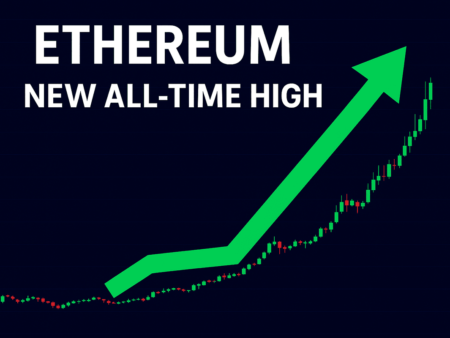For years, one of the loudest complaints in crypto circles wasn’t about price volatility or regulation—it was about something far more practical: how painfully difficult it was to move money between the world of dollars and the world of tokens. The rails existed, but they were rickety, expensive, and designed for people who already had one foot in both systems.
Now, MetaMask is stepping into that breach with MetaMask USD ($mUSD), a stablecoin and payments layer that doesn’t just sit idly in your wallet—it’s designed to make on-ramps and off-ramps feel less like a gauntlet and more like a bridge you can actually cross without losing half your paycheck to fees.
From Wallet to Gateway
MetaMask has always been the tool of choice for Web3 natives. It was the little fox icon that got you into Ethereum ICOs, into DeFi summer, and into NFT minting sprees at 2 a.m. But it’s also been, for millions of users, a wallet that quietly reminded them of just how fragmented the digital asset world really is.
With $mUSD, the pitch is simple: you shouldn’t need three exchanges, two banks, and a week of pending transfers just to get your money where you need it. Instead, MetaMask wants to blur that line between traditional finance (TradFi) and crypto so the user doesn’t feel the friction at all. Dollars in, dollars out—without the dizzying choreography that’s defined crypto onboarding until now.
Why This Matters Now
The timing isn’t accidental. Onboarding has become the single biggest bottleneck for new crypto users. Ask anyone outside of hardcore crypto Twitter what stopped them from trying DeFi or NFTs, and the story usually begins the same way: “I tried to move some money in, but…”
That “but” covers everything from failed KYC checks to credit cards being declined to banks freezing transactions because they flagged “crypto” as suspicious. In a market already struggling to keep mainstream interest during a bear cycle, MetaMask’s move isn’t just a feature rollout—it’s a bid to lower the drawbridge for the next wave of users.
The Bigger Play
Let’s be clear: MetaMask isn’t trying to compete with Visa or PayPal head-on. At least not yet. What it is doing is subtler and, arguably, smarter. By embedding a stable, dollar-pegged asset directly into its ecosystem, it creates a neutral currency layer inside Web3—one that makes it easier to pay for gas, swap tokens, or move value across chains without constantly having to check forex charts or pray that your stablecoin won’t depeg overnight.
In other words, MetaMask isn’t just making life easier for degens—it’s making the pitch to businesses, startups, and, yes, even TradFi institutions that have been circling crypto but hesitant to jump in. A reliable, regulated bridge currency is the kind of boring infrastructure that makes flashy innovation possible.
What Comes Next
The success of MetaMask USD won’t be measured in headlines or even market cap. It’ll be measured in the silence—when the average user doesn’t notice the hurdles because they’re gone. When moving money between your bank account and your wallet feels no different than sending a Venmo payment.
Crypto has long promised to “bank the unbanked” and “redefine money,” but for most of the world, it hasn’t yet delivered a smoother experience than what people already know. If $mUSD sticks, MetaMask might finally shift the conversation from speculation to utility.
For once, the bridge might actually work.











